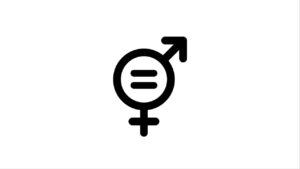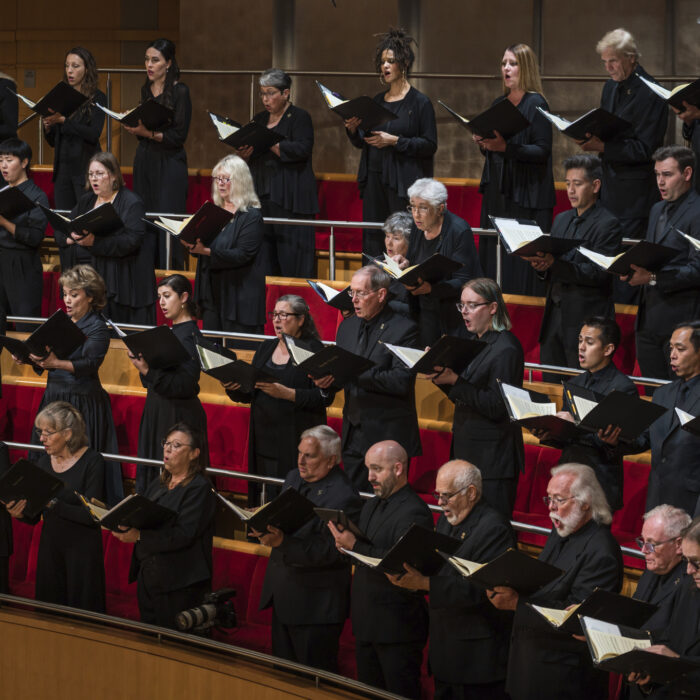
New Study Finds Gender Inequality & Non-Standard Work in US Opera Production
By Afton Wooten(Photo credit: Adrien Coquet)
Dr. Caitlin Vincent (University of Melbourne) and Dr. Amanda Coles (Deakin University) have published their findings on the gender inequality and the impacts of non-standard work in the US opera industry.
The team tracked women’s representation as conductors, directors, and designers at the 11 largest opera companies in the United States – the Metropolitan Opera, Santa Fe Opera, Seattle Opera, Houston Grand Opera, Opera Philadelphia, Washington National Opera, Dallas Opera, Detroit Opera(previously Michigan Opera Theatre,) San Francisco Opera, LA Opera, and the Lyric Opera of Chicago. Each of these companies run on an annual operating budget of 15 million USD or higher (OPERA America, 2020) and functions as an artistic leader and center of power within the national sector.
Their exploratory data analysis (EDA) sample pulled from Operabase.com, consists of 1,500 staged productions presented by the named organizations focusing on representation as conductors, directors and designers from the 2005-06 to 2020-21 seasons. Each individual practitioner was then gender-coded as man, woman, gender non-binary, and/or indeterminate, based on the self-identified pronouns used in their professional biographies.
Research revealed that “women, as a group, experienced gender-based disadvantage across the key creative roles of opera production, but particularly in the artistic leadership roles of conductor and director.” “Also, that women’s exclusion in the field is further perpetuated by the sector’s non-standard and overlapping employment structures, which impacts women practitioners’ professional visibility and career opportunities.”
Their key findings are “Women saw extremely low rates of representation as both conductors and stage directors. Across the 11 companies, women held 5 percent of conducting credits and 15 percent of directing credits. Not only did fewer women work as conductors and directors, they worked less frequently and saw fewer repeat opportunities.” Less than one percent of conducting credits are held by women at the Metropolitan Opera, bringing the Met to hold the lowest representation for women conductors. Santa Fe Opera saw the lowest representation for women directors, crediting women on 2.5 percent of productions. Coming in at the highest representation for women in conducting at 16 percent and directing at nearly 40 percent is Washington National Opera. Notably, this is the only company out of the 11 that is led by a woman artistic director (Francesca Zambello).
Further more, men dominated in the four design categories, with evidence of “occupational segregation that aligns with notions of ‘men’s’ and ‘women’s’ work.” Men held 88 percent of set designer credits, 85 percent of lighting designer credits, 59 percent of costume designer credits, and 70 percent of video/projection designer credits. It was also found that men directors favor working with men designers. More than half of productions directed by men credited zero women designers and only 37 percent of productions directed by men credited a single woman. As a result, women designers were either absent or under-represented from almost 75 percent of all productions staged by the investigated companies. In comparison, nearly 70 percent of productions directed by women credited one or more woman designer.
Fortunately, the majority of companies show increasing trends for women in these roles over time. Dr. Vincent and Dr. Coles calculated an increase of conductors at 10 of 11 companies, directors, eight out of 11 companies, set designers at nine of 11, lighting designers, seven out of 11, costume designers with 10 out of 11, and video/projection designers at five of 11. However, the extent of improvement is widely inconsistent across companies. Washington National Opera again saw the strongest improvement with women comprising “34 percent of conductors and 56 percent of directors in the five most recent seasons.”
Lastly, they found, “The nature of women’s employment within opera companies appears to have an impact on women’s representation. This includes 1) as directors, which appears to affect women’s representation as designers; 2) in formal appointments or company affiliations (e.g., as Principal Guest Conductor), which appear to support increased professional opportunities; and 3) in executive leadership roles (e.g., artistic director), with the woman-led Washington National Opera leading the sector in gender equity.”
The article is broken into six sections. Section one provides an overview of literature on gender inequality in the creative industries relating to opera. The second section outlines the organizational and employment structures of opera companies in the United States. They breakdown non-standard (not full-time) employment forms within opera companies including self-employment and contract work. Section three introduces the methodology and archival data. The scale of gender inequality operating within individual companies and across the national cohort is discussed in section four. Section five, shows the findings in the context of the varying forms of non-standard work. In closing, the authors highlight opportunities and give recommendations to address gender inequality in opera production through targeted hiring practices.
They suggest, “For companies aiming to increase women’s representation as designers, the role of stage director is critical, as the gender profile of directors has a snowball effect on the gender breakdown of creative teams. By hiring more women directors, companies are likely to see an increase in women designers across productions. Companies could also consider contractual measures to address homophilic hiring tendencies among directors, such as requirements for non-homogenous designer selections.”
Dr. Vincent and Dr. Coles also ask for there to be a focus on the type of employment offered by opera companies. They state, “our data shows that conductors with formal affiliations see increased opportunities within the sector, these positions should be a strategic focus for equity efforts within individual companies.” They add that the same applies to the gender profile of individuals in executive leadership roles like artistic director and the gender profile of the conductors and directors that are subsequently hired.
Concluding the article, they point to questions that need to be answered in future research, including a better understanding of the relationship between advancements in gender representation and organizational cultures, and call for additional data to determine whether Zambello is solely attributor to Washington National Opera’s upward trending stats or if it can be linked to a broader organizational culture that encourages gender equality.
The article is available on Emerald Insight.


